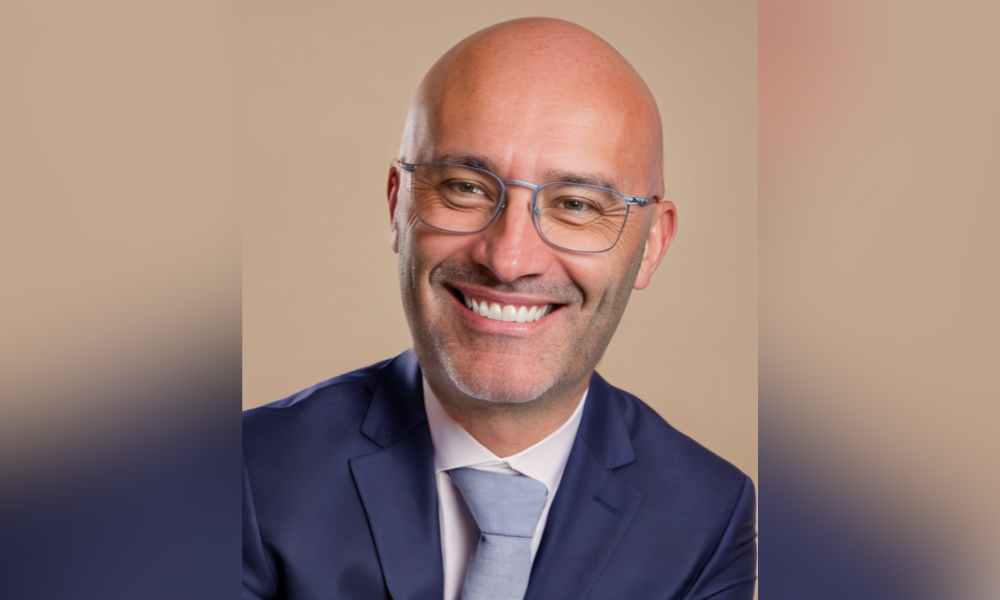For a variety of reasons, workers are seeking alternate employment – but employers can fight the trend

So, is the “Great Resignation” really happening? Are employees really leaving their jobs en masse after months of upheaval during the pandemic?




